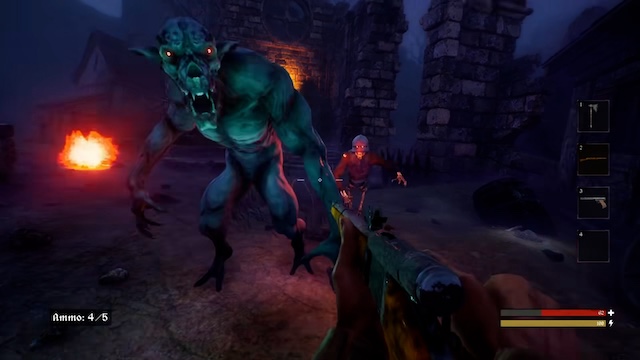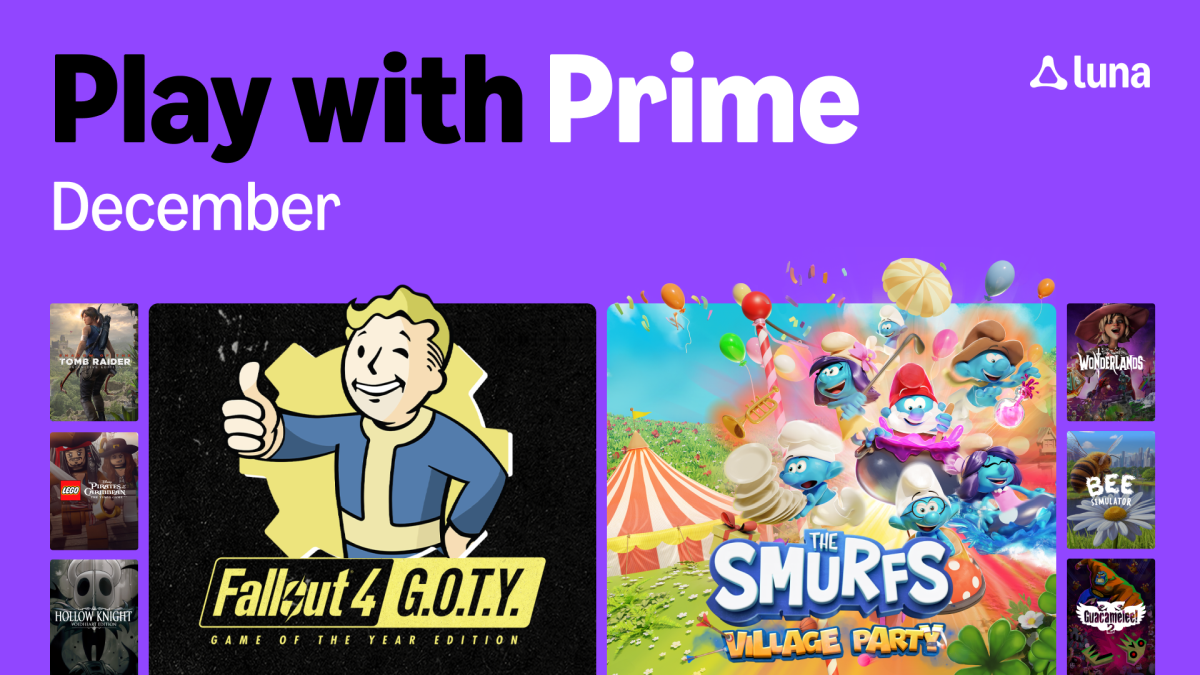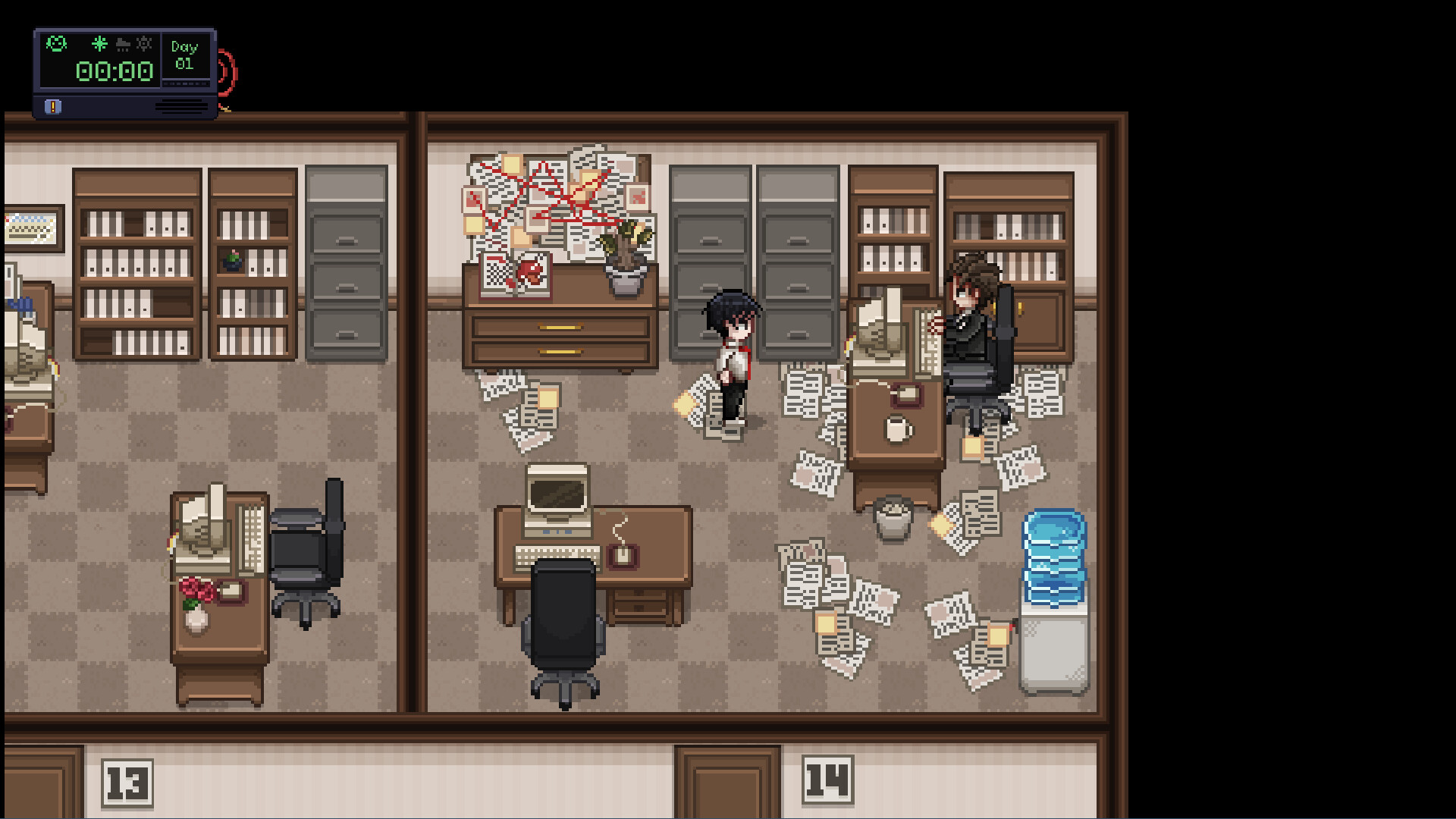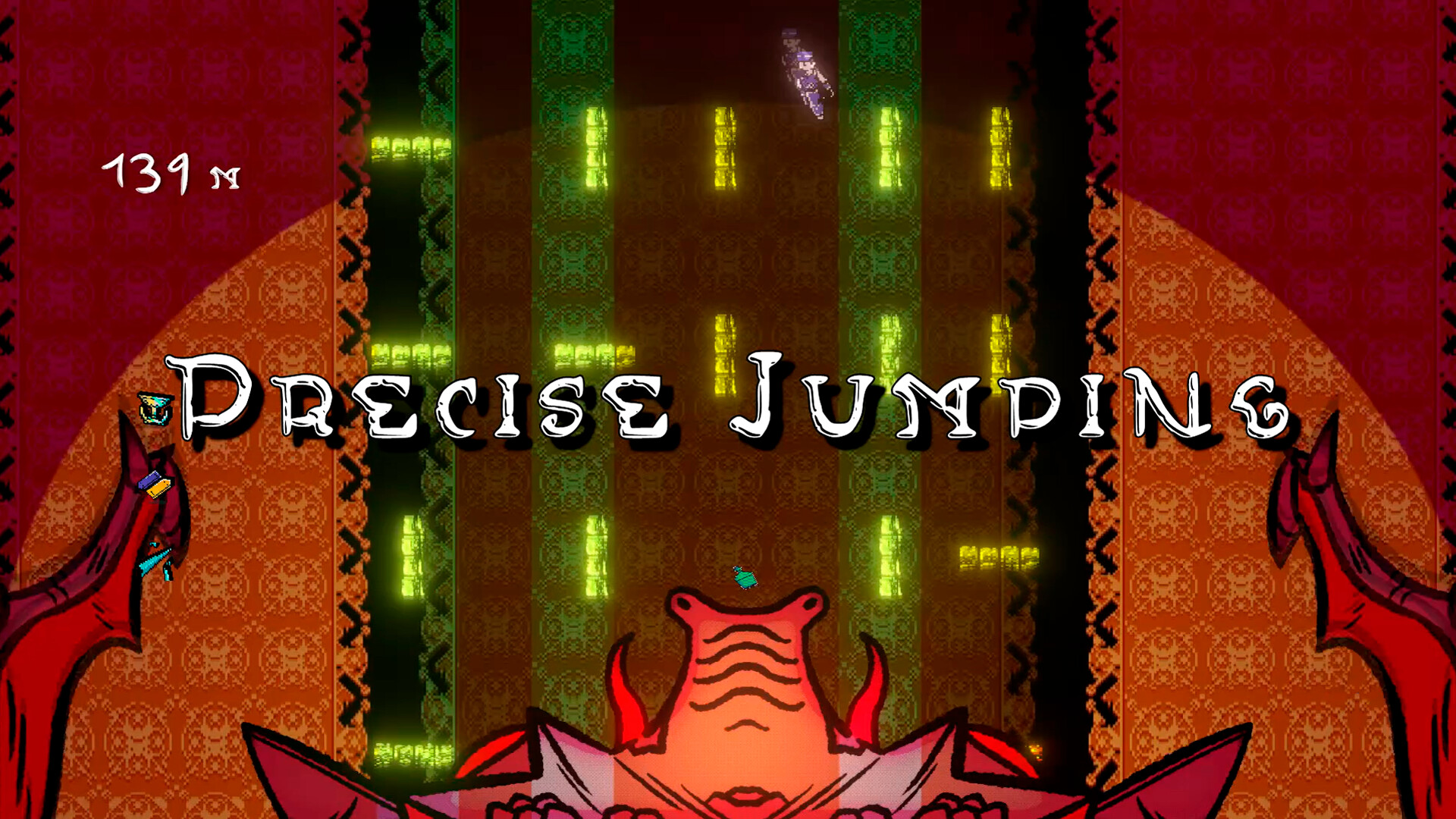Check out our review of The Last Faith to find out what we thought about the latest entry in the 2D Metroidvania, Soulslike genre.
The Last Faith promises to be an exploration-based Metroidvania and an action side-scrolling platformer with dark and gothic themes at its core. It has deep roots in the Soulslike genre and is highly inspired by Castlevania – from the music to the general vibe of the game to the protagonist’s design. Developed by Kumi Souls Games, who are based in London, United Kingdom – the studio has been very open about their inspirations – the aforementioned Castlevania and From Software’s Bloodborne. But in an oversaturated genre, can The Last Faith truly stand out?
Firstly, more than anything – The Last Faith shines in its art design. The game’s locations are varied and dripping with gothic and Lovecraftian grunge, and the enemy design keeps up with the change of locations more often than not. Weapons are similarly designed with a certain Bloodborne-esque flair. The locations range from cities, crypts, villages, mansions, towers, marshes, frozen wastelands, and cemeteries and each biome feels markedly different from the last.

The game has multiple systems at work, one might argue too many – but for better or worse, you can level up your character and your weapons, pick up upgrades to up the amount of healing items and ammunition you can carry, and find new spells and throwables. All this is in conjunction with the abilities that are typical to all Metroidvanias, such as Air Dash, Double jump, and Grappling hook. There are many side quests but you are not provided with any indication as to how to complete them or even a journal to keep track of it all. This can get frustrating and I don’t think I completed even half of them.

The game starts with four classes and I played a strength-based class, as I am sure most people will too as all the best weapons seemed to heavily favor that particular stat. The ranged/gun-based class is an oddity because the guns are severely limited by randomly generated bullet pickups and cannot shoot diagonally – forcing the player to switch to melee more often than not. Even though the game’s arsenal includes axes, whips, great swords, short swords, katanas, and even gun swords, I ended up sticking to the great sword found early in the game throughout my entire playthrough. But there is great variety here, which is the soul – pun not intended – of games like this.

At its best, the game is a good time – exploring different zones and fighting a veritable rogues’ gallery of enemies and bosses. The boss design is epic and over the top and in most cases balanced well enough to be not frustrating. When this game plays to its strength of combat and platforming, it really is a lot of fun. Not having a stamina bar to hinder dodging is a departure from the typical souls formula, but it is such a welcome one. It makes the combat fluid and fast. The ability to cancel the attack animation and go straight into a dodge is an amazing touch. The music ebbs and flows with gothic charm and sufficiently melancholic overtures, although it is not as memorable as some of its contemporaries.

Narratively, the story is so obtuse – possibly in an attempt to ape the story structure of the Souls games – that I honestly stopped paying attention midway through the game. Item descriptions are unnecessarily wordy and absurd, referencing factions and people that I have never encountered in the 20 hours it took me to finish my first run. The game’s dialogue is laden with similar trappings, with each interaction dragging on for minutes with its ham-fisted attempts at poetry and mystery. I couldn’t discern any possible motives for any of the characters or even our protagonist for a good while. Whimsical goals such as wanting to have a dance party are misaligned with creepy characters wanting an ancient tome to rid themselves of an incurable hunger – for what exactly I do not know.

My biggest gripe with the game is how the developers chose to implement exploration. Needlessly checking every single wall to see if it can be smashed through for hours isn’t my idea of fun, even if it is a genre trope. I wouldn’t be that aggrieved if in certain parts finding these breakable walls wasn’t part of the actual progression of the game. It is supremely boring and I want to see less of it from these games in the future.

With all that said, The Last Faith does not break new ground or even polish genre staples to a new shine. It’s a good game that lacks its own identity and ideas, but with solid combat, great location and enemy design, and great art. Kumi Souls plays it safe and the game is lesser for it. I hope their sophomore efforts are a little bit better and that they can incorporate something new or innovative in a genre that is rapidly getting stale. The Last Faith does not add anything significant to the genre that games like Blasphemous or Bloodstained haven’t already covered. If I had to verbalize my thoughts about the game as concisely as possible, I would say it’s a good game that lacks identity. It borrows heavily from genre contemporaries but never does anything as well as Hollow Knight or the aforementioned Blasphemous and its sequel. But for now, anyone looking to scratch their itch for a Metroidvania or a new Soulslike will certainly enjoy this game.
Developer: Kumi Souls Games
Country of Origin: United Kingdom
Publisher: Playstack Limited
Release Date: November 15, 2023 (PC)
This review of The Last Faith is based on a copy of the game provided by the publisher. The PC version of The Last Faith was played for this review.
Thank you for reading our review of The Last Faith
For other interesting articles about indie games, be sure to check out the links below.





